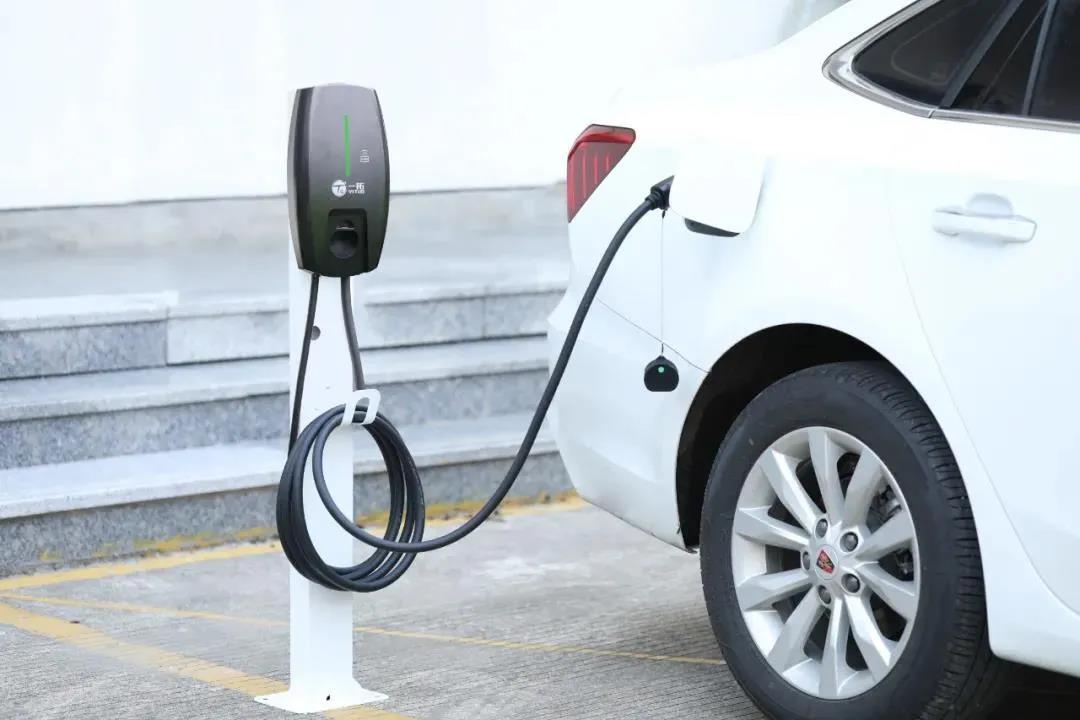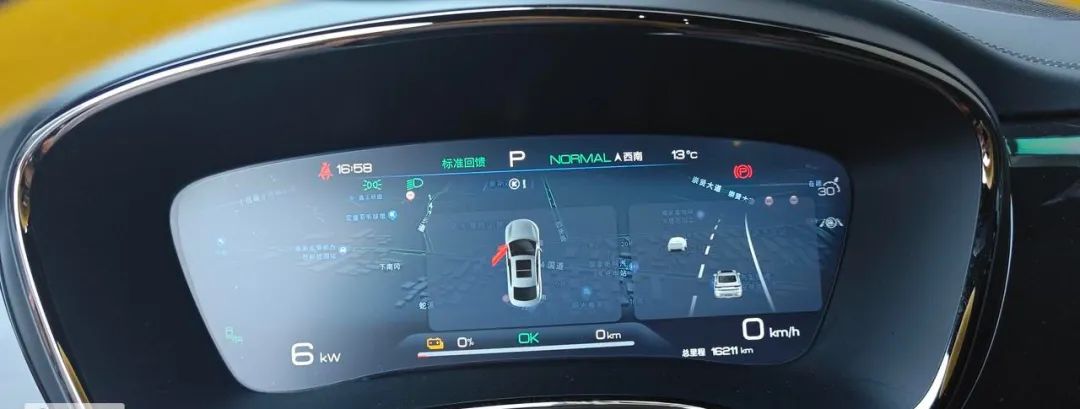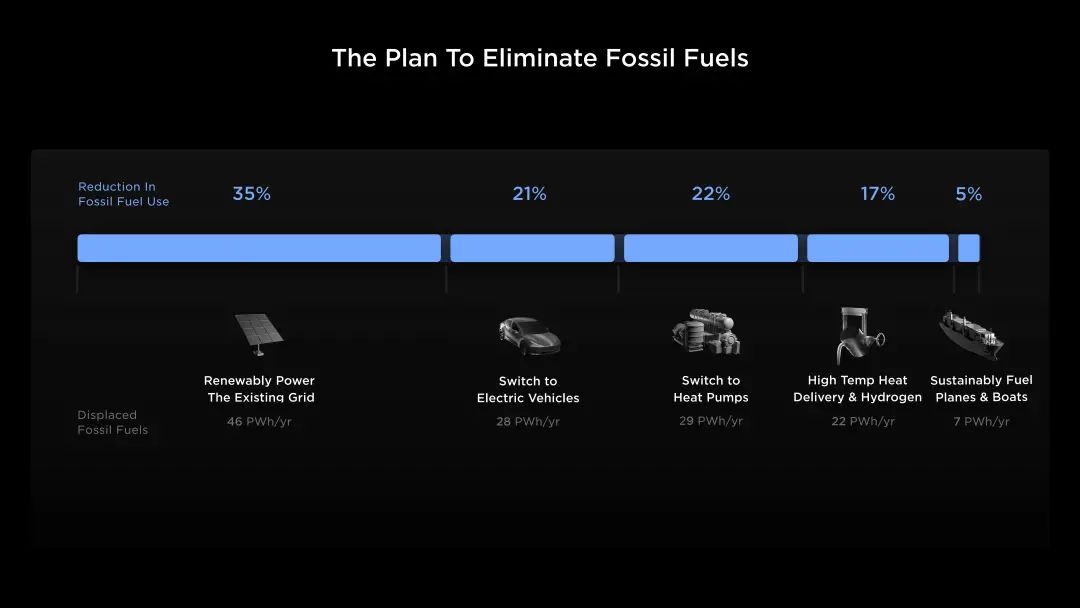Did Apple announce giving up on making cars because they admitted defeat?
 Apple logo
Apple logo
Apple has announced the abandonment of one of its most ambitious projects - the development of a car, and is considering transferring 2,000 employees to the artificial intelligence department. According to sources close to Apple, there have been employees from the Vision Pro and Car Project teams who have already been reassigned to AI projects.
As Steve Jobs once said, "Deciding what not to do is as important as deciding what to do."
Even though Apple's ten years of efforts in the car industry have come to naught, faced with the OpenAI's "Think Different" approach, Apple has finally woken up from its big dream and made the decision to fully enter the AI battlefield.
The world may say that Apple is late to the game in fully transitioning to AI, but Apple is simply "early to rise and late to bed." From Steve Jobs' early attempts at the "Breakout" game on the Atari to Siri, which taught all voice assistants a lesson in 2016, Apple has made significant contributions to the history of AI.
Now, Apple can no longer tolerate the "double act" performed by OpenAI and Google, so it has chosen to concentrate its efforts on AI. As a technology company that may be the only one with full-stack capabilities, including computing power, middleware, model layers, and application layers, Apple's entry into the AI field may open up new horizons and break new ground. What unique advantages does Apple, as a latecomer, have in this global AI war?
Looking at the global AI landscape, Microsoft and OpenAI hold a dominant position, but they are surrounded by wolves. Google closely follows OpenAI, but is also trying to catch up. Domestic companies in China are crossing the river by feeling the stones with OpenAI, but they have the advantage of a vast market. With the situation divided among these three powers, there is still plenty of room for development in the vast world of AI. Given time, Apple's dominance and success in the industry can be achieved.
 Apple Electronics
Apple Electronics
01
The Early Advocate of AI
According to data from the IIF, the global debt reached a record high of $313 trillion in 2023. Among the new debts,
How early did Apple enter the AI field? Going back to its origins, Apple was ahead of any current AI giant.
In 1975, when Steve Jobs had yet to establish Apple, he was still at Atari, an arcade game company, working on game upgrades. At that time, Atari was flourishing in the gaming industry, comparable to Nintendo in the mid-to-late 1980s and PlayStation in the 1990s. A 20-year-old Jobs, along with Steve Wozniak (co-founder of Apple), spent four nights designing the hardware for the game "Breakout."
 Apple founder Steve Jobs
Apple founder Steve Jobs
"Breakout" was an instant hit among players and became a milestone in game design, also serving as a game system for deep learning training by the DeepMind team.
From the early days of artificial intelligence with Turing and Shannon's chess program, AI has been dedicated to creating a program that can defeat humans in games.
Therefore, DeepMind combined reinforcement learning with deep neural networks to create a system capable of learning Atari games. After thousands of training sessions, the average score of the deep learning network in the game "Breakout" reached ten times that of humans. DeepMind gained great fame and was acquired by Google a year later, giving rise to the previous AI wave with AlphaGo.
In the field of natural language processing and speech recognition, a major breakthrough in AI, Apple was once ahead of any other mobile phone company.
In 2010, Apple acquired Siri. In 2016, Apple introduced the intelligent voice assistant Siri on the iPhone, which significantly outperformed other mobile phone voice assistants. "Sometimes, an improvement in performance is so significant that you have to test again to make sure you haven't missed a decimal point, and Siri's appearance was one of those cases," commented an Apple engineer.
02
Missed the Wave of the AI Revolution?
According to data from the IIF, the global debt reached a record high of $313 trillion in 2023. Among the new debts,
Although Apple indirectly contributed to the previous AI wave, under the current AI revolution led by OpenAI, Apple, caught off guard, has been making frequent moves but has always proceeded cautiously and quietly.
In the new era of AI, Apple only does three things, but none of them has been taken to the extreme.
First, acquiring multiple AI startups. According to the latest report from market research firm Stocklytics, Apple acquired a total of 32 AI companies in 2023 and applied the acquired AI technologies to improve its products. For example, in 2020, Apple acquired Voysis, a voice AI technology company in Dublin, to enhance the experience of human-computer interaction with Siri.
Second, developing large-scale models and AI chatbots. In July 2023, Apple was reported to be developing the large-scale model Ajax and an internal chatbot called Apple GPT. The Ajax system is built on Google's machine learning framework, Google Jax, and serves as the foundation for the internal ChatGPT-style tool, Apple GPT. However, it is primarily an internal product and not open to consumers. Some Apple employees claimed that it essentially replicated Bard, ChatGPT, and Bing AI without any novel features or technologies.
Third, Siri, considered the most likely to integrate large-scale models. In 2018, former Google AI head Giannandrea joined Apple to lead the company's artificial intelligence and machine learning team, taking over the leadership of Apple's smart assistant Siri. Siri had previously received criticism for its lack of progress. Siri co-founder Dag Kittlaus once stated that Siri may not have fully realized its potential after being acquired by Apple. After ChatGPT disrupted the experience of personal intelligent assistants, Siri faced greater threats.
 Former Google AI head Giannandrea
Former Google AI head Giannandrea
It is evident that although Apple has invested a considerable amount of time and effort into artificial intelligence, it has also been somewhat hesitant. In response to this, Tim Cook has expressed in a subtle manner that Apple will add artificial intelligence to more of its products, but with careful consideration.
Previously, when asked about Apple's work in generative AI, Cook's response was "stay tuned." "Apple indeed hasn't made a big splash in the field of AI," said Brian Mulberry, an investment manager for Apple shareholders. In the era of the AI revolution, we haven't felt Apple's enthusiasm for AI like Microsoft, Google, and OpenAI have.
03
The Potential of Apple AI
The day after it was reported that Apple had abandoned car manufacturing to focus on AI, Cook changed his previous attitude and stated at the shareholders' meeting on February 29 that the company would "break new ground" in the field of generative AI in 2024. He emphasized, "We believe this will bring transformative opportunities for users."
So, what advantages does Apple, a latecomer, have? Can it truly break new ground in the AI field, as Cook said?
Qiu Jun, an overseas partner at Huaying Capital, believes that Apple's advantage lies in its ability to have a full-stack capability in terms of computing power, middleware, model layer, application layer, and more. With its own AI chips, cloud computing, algorithms, and multi-layer cost reduction and efficiency optimization of data, the optimization effect of the model system will be significant.
Therefore, Apple, which has reinvested in AI, can undoubtedly forge a unique path in AI with its distinctive advantages and become a dominant player in the fiercely competitive AI race.
 Apple Electronics
Apple Electronics
Next, let's take a closer look at Apple's advantages in the aforementioned areas.
Computing Power: Currently, AI training heavily relies on NVIDIA. Apple has its own data centers in China, Europe, and the United States, which means it has accumulated a large number of NVIDIA GPUs and is unlikely to face a shortage of computing power. On the inference side, Apple's continuous investment in AI chip design and development, as well as its full-stack toolchain, gives Apple the ability to launch inference acceleration solutions based on its self-developed chips and adapt them to large-scale self-developed models. Google's TPU and startup company Groq have already achieved results in this field comparable to NVIDIA.
Data: The iOS system, with its vast user base, can provide Apple with a large amount of language data and user behavior data. Since its integration into the iPhone 4S in 2011, Siri has accumulated conversational data spanning more than a decade.
Application Layer: The existing iOS system provides a platform and audience for content generation services such as text, images, and audiovisuals targeting end-users.
Qiu Jun believes that if Apple starts with large-scale self-developed models and self-developed chips, and combines software and hardware, focusing on two areas that OpenAI and NVIDIA are dedicated to, the cost will still be high. Therefore, Apple temporarily needs to abandon car manufacturing and concentrate its resources. The revised priority for Apple's business adjustments is likely to be: MR (mixed reality) → large-scale models → autonomous vehicles → embodied intelligence.
With the above advantages, as Apple fully invests in AI, in which areas will it bring transformative opportunities for users?
Let's start with the hot topic of AI smartphones. Although domestic competitors entered the field of on-device large-scale models a year ago, Apple's continuous investment and self-developed capabilities in chip technology enable it to more efficiently utilize computing resources such as CPU, GPU, and NPU on its devices. In addition, running large-scale models on devices requires high memory speed and memory resources. Apple can leverage its strong research and development capabilities and supply chain integration to address hardware technology issues to the greatest extent. However, based on Apple's past marketing approach, it is likely that they will not mention AI smartphones and on-device large-scale models explicitly, but instead focus on applications. What different solution will Apple come up with? The unveiling of iOS 18 and the release of iPhone 16 will reveal the answer.
Regarding Vision Pro, the next-generation mobile terminal platform that Apple has high expectations for, AIGC (AI + Graphics Computing) will greatly reduce the cost and improve efficiency in building 3D scenes. Real-world and user data obtained through sensors and built-in cameras can also be combined with AIGC for big data analysis and modeling, resulting in better real-time interaction and user experience feedback.
According to insiders close to Apple, the decision to abandon car manufacturing is likely just a temporary delay in the car production plan. Apple is waiting for breakthroughs in autonomous driving technology before launching a more mature autonomous vehicle product. The learning and expansion of Sora, Apple's AI, in understanding the laws of the physical world and judging object trajectories, will bring new ideas to the challenges faced by autonomous driving. Apple is not completely giving up on car manufacturing but sees no reason to produce cars without autonomous driving capabilities. AI is a necessary path for autonomous driving, and that is why Apple has shifted its focus entirely to AI.
The above is the full content of Did Apple announce giving up on making cars because they admitted defeat?









